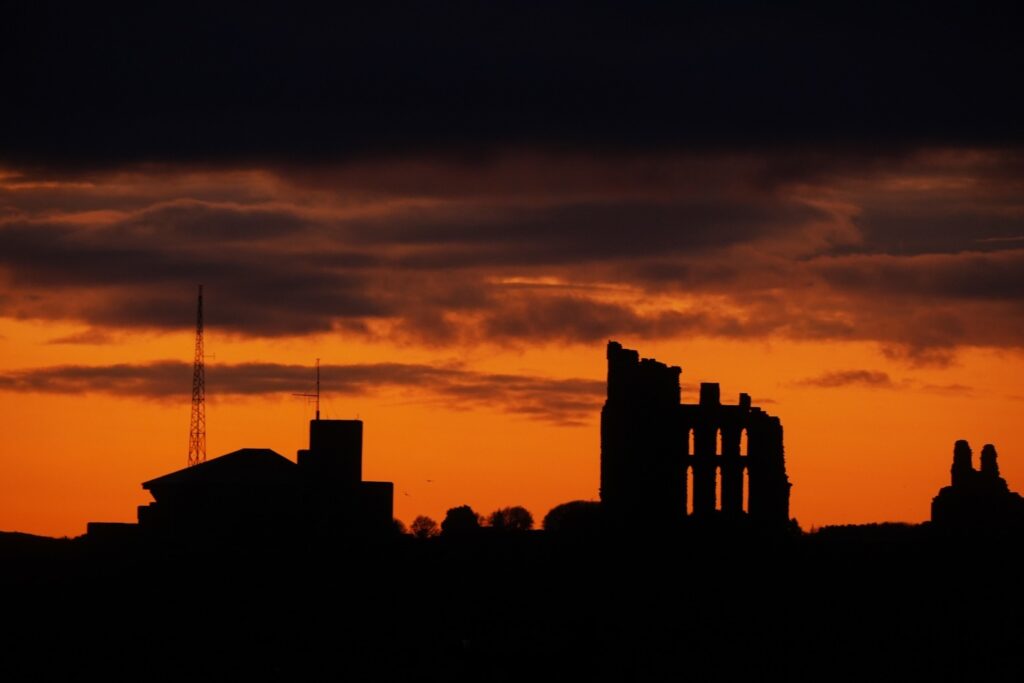This website uses cookies so that we can provide you with the best user experience possible. Cookie information is stored in your browser and performs functions such as recognising you when you return to our website and helping our team to understand which sections of the website you find most interesting and useful.
Sea eagle tourism generates economic benefit for Scottish island
28/03/2022

That’s according to a study released by the RSPB
Sea eagles bring a clear economic benefit to one of Scotland’s islands on the west coast, a study released by the RSPB can reveal.
Tourism inspired by these birds of prey, otherwise known as white-tailed eagles, is said to account for between £4.9 million and £8 million of spend every year on the Isle of Mull, which has a population of only 2,800.
This money supports between 98 and 160 full-time jobs on the island, and between £2.1 million and £3.5 million of local income annually, according to the report titled The Economic Impact Of White-Tailed Eagles On The Isle Of Mull.
Once extinct, these enormous birds, the biggest bird of prey in the UK, now thrive in parts of the Highlands and Islands following a successful reintroduction initiative in the 1970s.
Their comeback, however, has proved controversial with farmers and crofters in previous years, prompting Scotland’s nature agency NatureScot to develop measures to help them deal with the impact of the species on their livestock.
RSPB Scotland commissioned market research group Progressive Partnership to undertake the study, the third to be completed on Mull about the economic benefits of the bird (the first being in 2005 and the second in 2010).
During the summer of 2019, 398 face-to-face interviews took place at five sites across the island with parties visiting the island, amounting to 1,248 people in total.
Information was recorded on holidaymakers and day trippers covering the number of people in the group, the amount of time they were staying, and the amount of money they were likely to spend a day.
They were also asked about what motivated their visit, with spotting white-tailed eagles as an option to select.
Mull is home to 22 pairs of eagles, and in 2019, 29% of tourists cited them as an important factor for their visit to the island, up from 23% in the 2010 study.
Tourism spend, inspired by the birds, also increased since 2010 when it accounted for between £3 million and £5 million annually, which supported between 64 and 108 full-time jobs, and between £1.4 million and £2.4 million of local income each year.
The importance of nature in driving Mull tourism was also highlighted with scenery and landscape, peace and tranquillity, and birds and wildlife also being given as some of the main reasons for visits in 2019.
Anne McCall, director at RSPB Scotland, said: “This study makes clear the link between restoring nature and the local income earning opportunities that arise from it.”
She did, however, acknowledge that living with these enormous birds of prey can pose challenges for some, adding: “It’s important that positive management protects both the birds and the livelihoods they can occasionally affect.”
She noted the study has not taken into account the human benefits of Mull’s sea eagle population, such as physical and mental wellbeing and public education.
“For many people the delight of seeing a white-tailed eagle is reason enough to take care of them but this study makes clear that the birds can pay their way too,” Ms McCall added.
Biodiversity Minister Lorna Slater said: “Scotland’s special wildlife brings many benefits – it attracts tourists to our shores and provides nature-based jobs that support our economy.
“That is why it is crucial that we must continue to support and protect Scotland’s bird of prey populations, such as the white-tailed eagle.
“Carefully managed re-introductions such as this one on Mull, are not only positive for the natural world but also positive for our communities.”
Published: by Radio NewsHub



